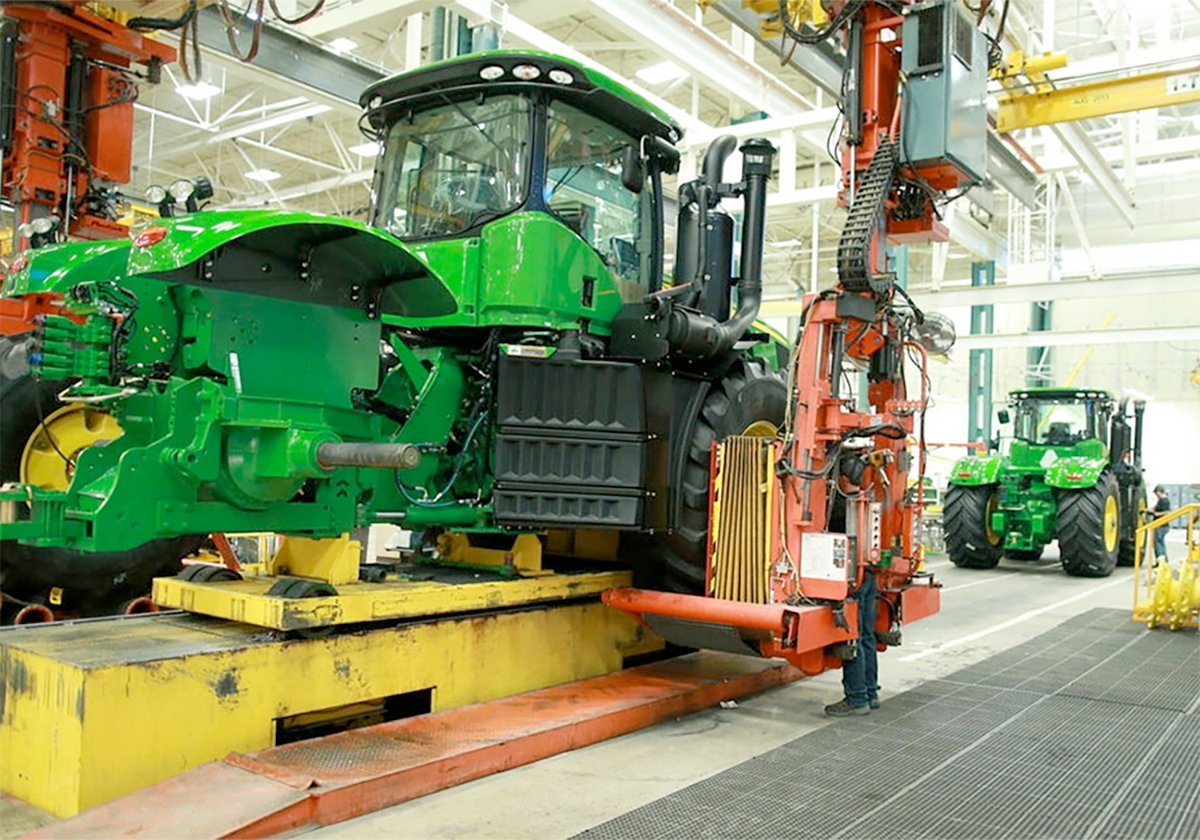“Is there a doctor in the House?” It was an urgent question passed onto the floor of the House of Commons in the early afternoon of May 18, 1966, as MPs settled in for another day in a bitter political season. And it gave Alberta doctor and Tory MP Hugh Horner a bit part in one of Canada’s closest calls with high-level political terrorism.
When Horner died late last month in Alberta, the obituaries recalled more than a quarter-century of political life as a prominent member of the Horner family political dynasty of the 1950s to 1970s.
Read Also

Trump’s trade policies take their toll on Canadian producers
U.S. trade policy as dictated by president Donald Trump is hurting Canadian farmers in a multitude of ways.
The son of a Saskatchewan Senator, Hugh served in Parliament with brothers Jack and Albert. Cousin Norbert later was elected too.
Hugh was in Parliament for almost a decade before turning to Alberta provincial politics in 1967. As agriculture minister and deputy premier, he acted as the number two man in the government of Peter Lougheed, who launched the Alberta Tory dynasty in 1971.
“He and I had a lot of one-two punches going at times where he would handle the rural side…and I would handle the urban side,” Lougheed said after Horner’s death.
But few moments in Horner’s long public career could have been as vivid as that hellish afternoon on Parliament Hill three decades ago when he answered the call for a doctor.
Moments earlier, the chamber had reverberated with the sound of an explosion. In a washroom just down the hall from the public galleries overlooking the Commons, Horner found the mangled body of a dying man.
Paul-Joseph Chartier of Bonnyville, Alta., had travelled to Ottawa to blow up the Chamber and the politicians who had turned the 27th Parliament into a bitter, partisan zoo.
Chartier came within seconds of carrying out his plan to stand in the public gallery and to throw a bomb onto the floor below, where Lester Pearson, John Diefenbaker, T. C. Douglas and other political leaders were seated.
The young Pierre Trudeau and John Turner, future prime ministers, also were members of the House that afternoon.
A hardware store mix-up had provided Chartier with a fast fuse, rather than a slow burner.
He went to the washroom to light it, giving himself a minute to get back into the Commons. It blew up in his hands.
Horner later said when he arrived, there was little to do but offer comfort. “I listened and heard a few breaths but it was obvious the man was dying.”
In the House of Commons that afternoon, remarkably little was made of the incident. Diefenbaker announced that “someone has just passed away within the precincts of the House of Commons.”
After a 55-minute adjournment, MPs returned to mundane political issues.
Later, Horner reflected a business-as-usual attitude as he argued against tighter Hill security for MPs, although he worried about the safety of tourists.
“Members of Parliament are no cause for concern,” he said.
“They are public figures and as such must expose themselves to this sort of thing.” It was, apparently, a less self-important era.














